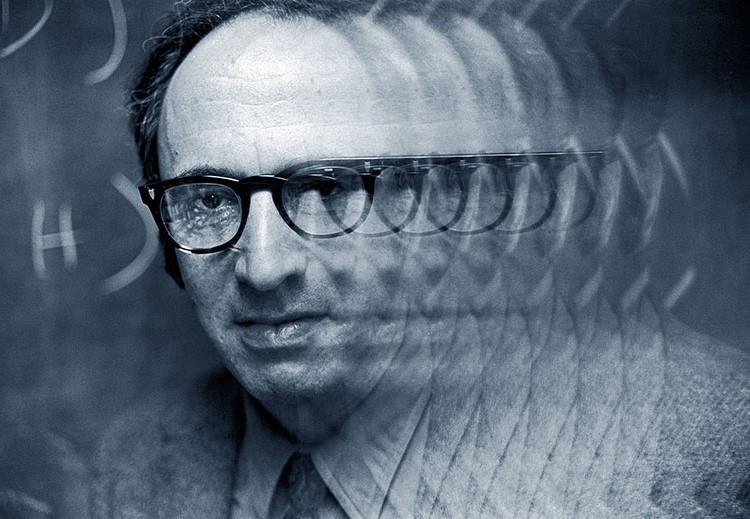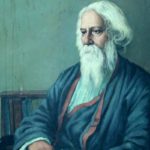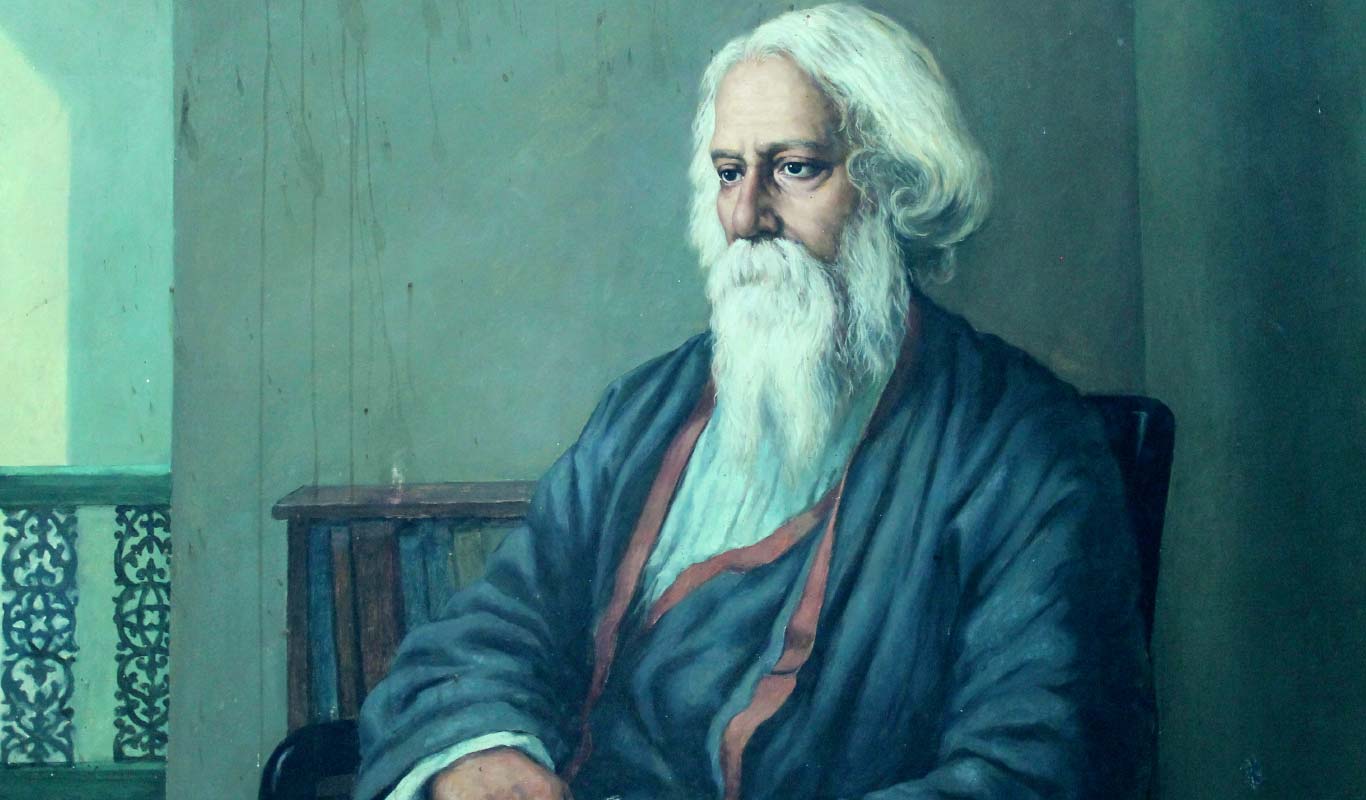In 1956, Kuhn accepted a position at the University of California at Berkeley to establish a history and philosophy of science programme. He was promoted to full professor in 1961, but only in the history department.
In 1962, The Structure of Scientific Revolutions – the book in which Kuhn set out his ideas on paradigms and scientific development – was published, as the final monograph in the International Encyclopedia of Unified Science. In 1964 he joined Princeton University’s history and philosophy of science programme; and in 1979, he left Princeton for the department of Linguistics and Philosophy at MIT. In 1991, Kuhn became professor emeritus; and he died on June 17, 1996 in Cambridge, MA.
In Structure, Kuhn’s main aim was to criticize the widely accepted view – promoted by the Logical Positivists – that the accumulation of scientific knowledge across time is incremental and contiguous.
He attacked, for example, the notion that Newtonian mechanics represents simply a special case of Einsteinian relativism. For Kuhn, the two theories are incommensurable; that is to say the terms and concepts of one are completely incompatible with the other. According to Kuhn, when the Newtonian discusses mass, for instance, she is referring to something entirely different than the Einsteinian. Rather than being the next phase in a continual process, Einsteinian relativism represents a paradigm shift, involving a radical break from Newtonian mechanics and the introduction of a wholly new set of standards, puzzles and vocabulary. Kuhn also rejected the Logical Positivists’ verification principle. Rather than operating within an objective and a mind-independent language, scientific terms and concepts, according to Kuhn, have references and meanings that are relative to specific conceptual frameworks. In other words, theories cannot be verified by simply observing phenomena and articulating them directly; those observations are already unavoidably embedded in the theoretical framework. Hence, no theory can ever be verified with certainty – either logically or empirically. Kuhn also dismisses Karl Popper’s falsification principle. Just as empirical evidence cannot verify a theory, so too it cannot falsify one.
No conceptual framework is flawless in terms of its predictions; there is simply the best one available for guiding normal scientific practice. According to Kuhn’s vision of historical scientific development, new theories do not converge on the truth; rather, they shift from one paradigm to another, and each one directs contemporary scientific practice.
In Structure, Kuhn developed a historical philosophy of science that comprises three major conceptual movements. The first is from pre-paradigmatic science, in which several paradigms compete for a scientific community’s allegiance, to normal science, in which a consensus paradigm guides scientific practice. Unfortunately, paradigms do not fit or match up perfectly with natural phenomena, and anomalies eventually arise between what a paradigm predicts and what is observed empirically. If the anomalies persist, a crisis generally ensues – leading to the second movement – and the community enters a state of extraordinary science in the hope of resolving it. If a new, competing paradigm resolves the crisis, then a paradigm shift or scientific revolution occurs – the third movement – and a new normal science is established. This cycle recurs with no clear end point as science advances.
Kuhn articulated several important notions concerning scientific practice. Probably the most significant is the incommensurability thesis. As noted above, two paradigms that compete during a scientific revolution are incommensurable when their contents are completely incompatible; that is, when no common measure or mutual foundation exists between them. The reason for such incompatibility is that one of the paradigms resolves the crisis that the other paradigm produces. How then could the crisis-resolving paradigm have anything in common with the crisis-producing paradigm? Associated with this thesis is the assertion that paradigm shifts are not completely rational affairs: community members who switch to a crisis-resolving paradigm, must believe, beyond the available evidence, that it can lead the way forward for a new normal science. In other words, community members are converted through faith, but a faith – as Kuhn emphasizes later in defence of incommensurable shifts – that is not antirational.
Kuhn’s critics attacked many aspects of his theory. They argued that the very idea of the paradigm is simply too ambiguous to support a robust critical analysis of scientific practice. Moreover, in their view, Kuhn’s incommensurability thesis was too ambitious. Competing paradigms are obviously incompatible with one another in a limited way, since one solves the crisis that the other engenders. But some overlap must nonetheless exist between them, they argued, or else no intelligible exchange among members of a scientific community about the competing paradigms is possible. Finally, Kuhn’s critics claimed that his ideas led to relativism, as he yoked the standard for scientific truth to a particular, and changeable, paradigm, and not to the mind- and theory-independent world that scientists investigate.
This accusation of relativism is closely associated with the charge of irrationalism: according to Kuhn’s account, the choice of a new paradigm among members of a scientific community in crisis is made in part on faith; and not entirely on reason. As the philosopher Imre Lakatos claimed, if Kuhn were correct, science would advance through a type of “mob psychology” rather than rational assent. Moreover, because the paradigm dictates scientific practice with respect to expected outcomes, normal scientists would mindlessly follow its dictates and predictions. According to another critic, Karl Popper, if Kuhn’s story of scientific development were true, normal scientists would not be celebrated champions, who drive the pylons of science into the swamp of ignorance until they get closer to bedrock truth; rather, they would merely be “applied” – in contrast to “pure” – scientists.
Although Kuhn responded to his critics on various occasions, he principally addressed them in a Postscript that appeared in Structure’s revised edition. In response to the charge of ambiguity, he introduced the notion of the disciplinary matrix to replace that of the paradigm. A disciplinary matrix represents a diversity of elements, including symbolic generalizations, models and values. These elements direct normal science. One that Kuhn singled out was the notion of the exemplar. Exemplars serve the scientific community as solved puzzles for both pedagogical and research purposes, and each disciplinary matrix has its own set.
Responding to criticisms of the incommensurability thesis, Kuhn developed a more fine-grained and nuanced definition, distinguishing between local and global incommensurability. The former represented partial, but still substantial, differences among competing paradigms, such that rational comparison between them is possible. Yet global incommensurability still obtains between the most significantly divergent paradigms, such as those surrounding the Copernican Revolution.
Kuhn found the charge of relativism frivolous: a paradigm that solves another paradigm’s crisis is obviously better suited to guide normal science, he argued. Whether that paradigm is true or objectively correct is beside the point; normal scientists do not possess an Archimedean platform from which to justify, either absolutely or objectively, scientific knowledge. They work with the best standards of evidence and confirmation available to them.
And responding to the charge of irrationalism, Kuhn agreed with his critics that rational and empirical reasons are necessary to choose between paradigms – but they are also insufficient. He argued that values are also required. For example, simplicity in theoretical statements and natural laws is preferable to those working with them: a paradigm with simpler theories is much more appealing, and thus more likely to be adopted. Personal factors, beliefs and relationships may also guide a scientist to prefer one paradigm over another.
Although Kuhn attempted, in this Postscript, to salvage Structure from its critics, he later underwent a paradigm shift of his own. In the 1980s, Kuhn exchanged the historical philosophy of science – as promulgated in Structure – for an evolutionary one. Indeed, he originally acknowledged in Structure that Darwinian evolution best epitomized his perspective of scientific advancement Specifically, he claimed that just as speciation is the target of biological evolution, so too specialization is the target of scientific evolution. In other words, the target of scientific evolution is not truth per se but finer articulation of the natural world, especially with respect to the proliferation of scientific specialities. For Kuhn, scientific advancement is the gradual evolutionary emergence of scientific specialities. So as members of a scientific speciality practise their trade, a new speciality evolves or emerges from the older one – often in response to anomalies encountered under the older speciality.
Kuhn planned to write a sequel to Structure, outlining this “evolutionary turn”, which he entitled Words and Worlds: An evolutionary view of scientific development. He began by proposing the notion of the lexiconto replace that of the paradigm. A lexicon comprises a scientific speciality’s collection of terms and concepts to chart the world taxonomically. So, when a scientific speciality evolves, its lexical terms change to reflect a new world and, as such, it is incommensurable with the parent lexicon. Instead of the incommensurability of paradigms entailing that there be no common meaning, Kuhn now argued that incommensurable paradigms had no common taxonomy. But a universal translating language, Kuhn argued, is not the solution to understanding these incommensurable terms; rather, the historian must enter the past world of science and become multilingual. Kuhn also changed incommensurability’s role to isolating lexicons of various scientific specialities, so that a new speciality can evolve from its parent as its own independent speciality. In sum, as scientific specialities evolve, their “words” capture more of the “worlds” open to scientific investigation.
Unfortunately, Kuhn did not complete Words and Worlds before he died. The question that arises is whether the sequel would have had a significant impact on contemporary philosophy of science, which is more pluralistic in its perspective than when Kuhn wrote Structure. Today’s philosophers of science have no need for a consensus framework, since each natural science is studied by its own philosophical sub-field. Kuhn’s evolutionary philosophy of science, however, might afford a possible candidate for reviving such a framework – but not in the conventional sense. Normally, the framework depends on a reduction of the non-physical sciences to the physical sciences. Physics is the model for what denotes a science; and the non-physical sciences must kowtow to physical terms and concepts. But this effort to provide a consensus framework for the sciences eventually fizzles out towards the end of the twentieth century.
Kuhn’s evolutionary philosophy of science, however, provides a possible consensus framework that outlines the relationships of the various natural sciences as they evolve and specialize. Thus it accounts for contemporary philosophy of science’s pluralistic stance, by clarifying the evolutionary relationships between the sciences – especially in terms of their common ancestry. Its goal is not to force the various sciences into a single scientific mould, such as the physical sciences, but to account for how these sciences progress like a branching tree of proliferating specialities. Although the full impact of Kuhn’s evolutionary philosophy of science may never be realized, the marriage between Structure and academic discourse remains sacrosanct, as is evident from the recent celebration of Structure’s golden anniversary – with no divorce imminent.
This article first appeared in The Times Literary Supplement on January 17, 2018












